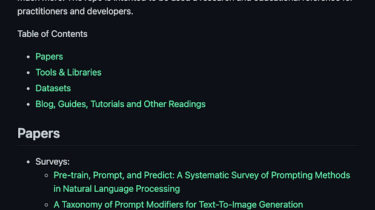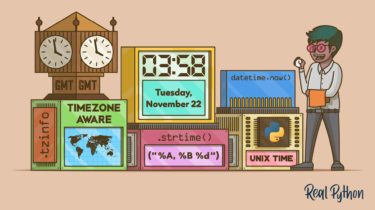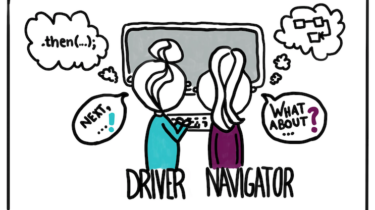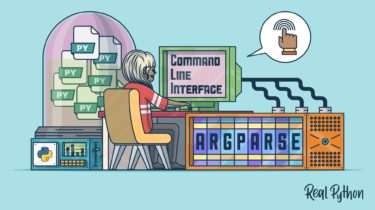The Prompt Engineering Guide
The way we interact with large language models (LLMs) is evolving and always improving. Current approaches include a lot of prompt engineering to make LLMs effective at different tasks. This may change in the future but developers and researchers are still figuring out new ways that involve clever prompting of LLMs. To help with learning about prompt engineering, I am excited to publish the Prompt Engineering Guide, a new repo for discovering papers, guides, tools, and datasets. This is intended […]
Read more




